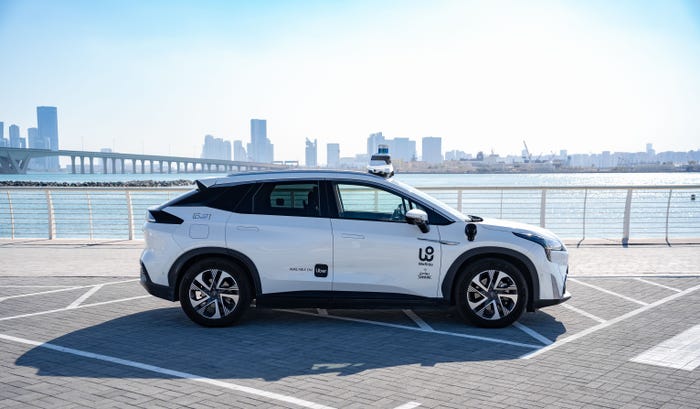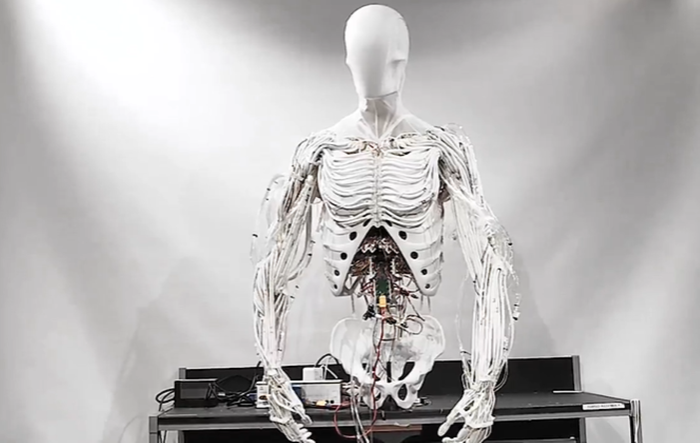Emojis, Avatars Could Make Self-Driving Cars Safer
Academics from the University of Glasgow in Scotland have been conducting research into autonomous vehicles. Here’s what they found

Digital displays on the exteriors of self-driving cars could help keep cyclists safe on the road.
That’s the verdict from academics at the University of Glasgow in Scotland, who have been conducting research into autonomous vehicles (AVs).
They claim that there is an array of viable options worth considering – such as “virtual” drivers, traffic light-style projections and even emojis – that could play a role in enhancing safety as AVs become more common.
The recommendations are based on findings from the university’s human-computer interaction researchers and psychologists.
They have been exploring ways to replace the “non-verbal language�” or mutual understanding that currently exists between car drivers and cyclists, which will be required when self-driving vehicles become a fixture on our roads.
As part of this process, they held a number of workshops with bike owners where ideas were put forward as to how collisions could be avoided.
One of these saw volunteers assembled in a car park to consider how AVs would communicate with cyclists in different scenarios, with bikes placed anywhere around the car. The cyclists were then asked to indicate where on the car they would want digital displays to be placed, and suggest how these might work.
Four main ideas emerged.
First, a “virtual driver” concept proposed that a digital avatar of a human be embedded in AVs’ windscreens, side windows and mirrors, with the capacity to relay familiar gestures to cyclists.
A second idea was a “safe zone,” whereby displays on the exteriors would indicate AVs’ intentions and different colors would be projected onto the road. Green could signify it was safe for cyclists to proceed; red that it was dangerous.
There was also the idea of using emoticons or emojis on a roof-mounted display like those found on taxis. Left and right arrows could mimic indicators, while lightning symbols would show intent to accelerate.
And finally, a LightRing would use a band of LEDs wrapped around the body of the AV linked to a sensor on the roof to communicate intent. Again, different colors would have different meanings.
The research was led by Professor Stephen Brewster, who explained: “Over the years, drivers and cyclists have developed their own language of gestures and other non-verbal cues to help negotiate the roads safely.
“Currently self-driving cars lack the ability to communicate with cyclists with anything close to that level of detail or nuance. External human-machine interfaces, or eHMIs, like digital displays on the outside of vehicles are one promising solution to that problem. However, research into what forms these should take has been lagging behind the other technological developments of autonomous vehicles.”
The team will present its findings at the AutoUI conference in Ingolstadt, Germany, later in September and hope they can influence the design of future communication features on AVs.
The research is part of an ongoing program. Earlier this year, the same team published an initial paper that highlighted how self-driving cars need to “learn the language” of cyclists.
About the Author
You May Also Like








